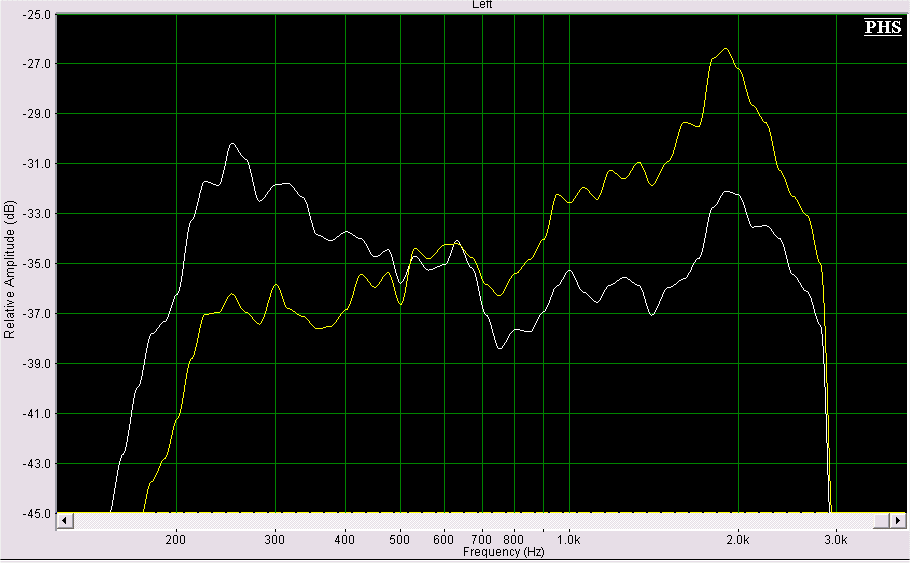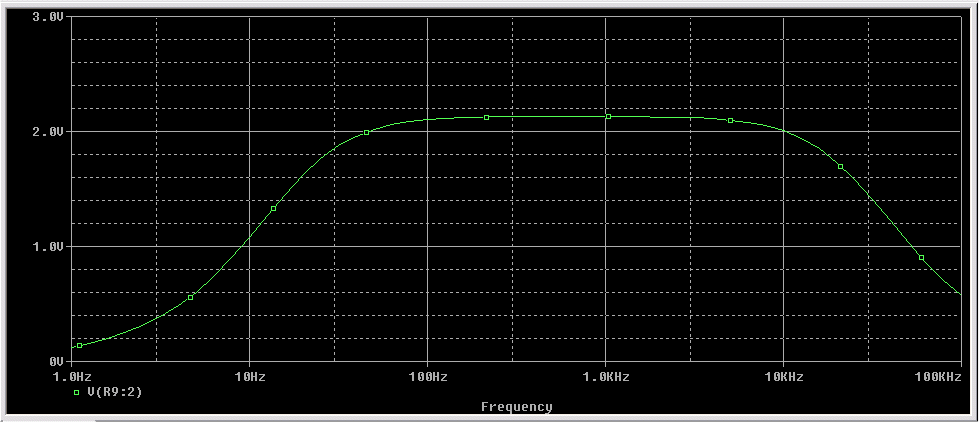|
|
|
|
Heil HC5 and ICOM Radios
|
Did you ever try a Heil HC5 with a 746PRO or a
756PRO2 or PRO3 ? Typically, they sound very bassy unless
heavy EQ is used. Another problem is the low output of the
microphone element. This can cause problems with VOX as well. |
Heil HC5 and ICOM DSP total response
|
|
|
Note the bass hump and general shape of the response curve. From this it can be seen why it sounds so bad. I made a simple preamplifier that primarily serves as a buffer for the Heil element. The idea is to show the mic element a fairly high impedance so as to reduce the loading. The next picture shows the result of that addition. |
Heil HC5 with Buffer and ICOM DSP
|
|
|
Quite a difference! And the audio now sounds pretty good. Again the DSP is set for flat and wide. If you do build a buffer preamplifier for your Heil elements, I recommend a voltage gain of about 3. This places it in the same ballpark as the ICOM Handheld microphone that comes with the radio. Below is an overlay for direct comparison. |
Overlay of Both Curves
|
|
The Test Circuit
|
Below is the mic preamp circuit used to produce the buffered response curve. As you can see, it is very simple. The 8 volt supply and 1k resistor on the right represent the ICOM 746PRO input circuit. The signal generator, resistor and capacitor on the left represent the microphone. |
|
|
|
|
|
Below is the frequency response of the
buffer amplifier. The high frequency roll off is due to RF
bypassing (C4,R9). |

|
|
James E. Lanier
![]()
Gas Dynamics Lab
|
|